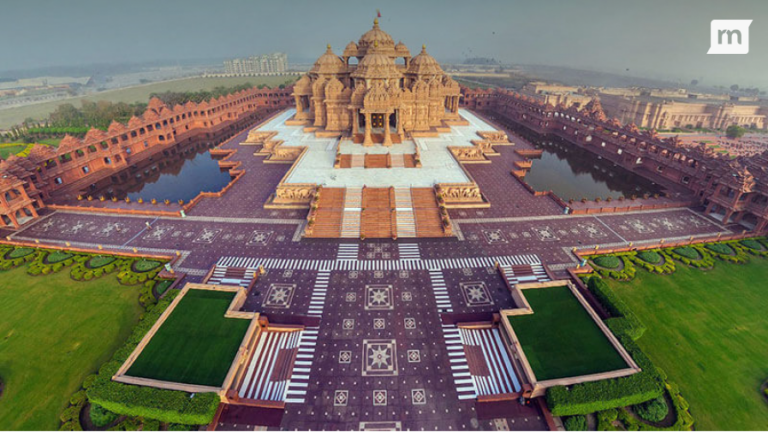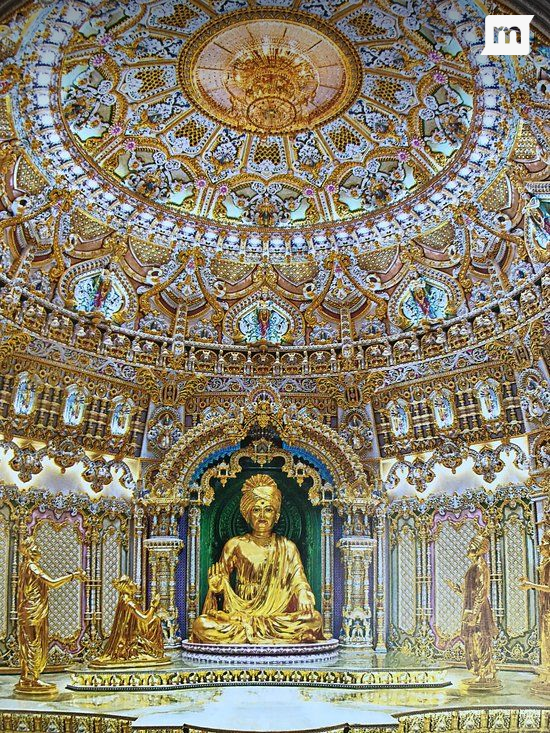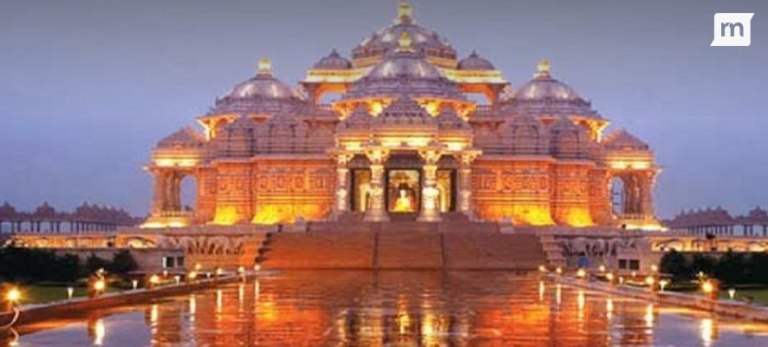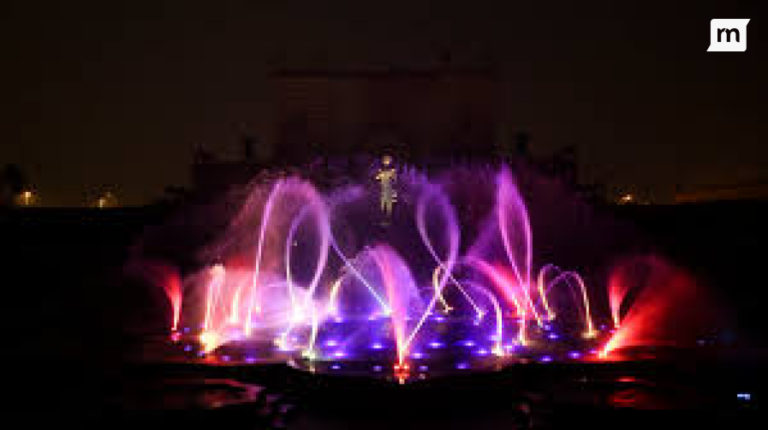
Did you know that Akshardham Temple, also known as Swaminarayan Akshardham, is a spiritual and cultural university in Delhi that showcases Hindu and traditional Indian culture, spirituality and architecture? Akshardham Temple is a must visit if you are looking for a relaxing and inspiring place in Delhi. This architectural marvel attracts millions of visitors every year with its magnificent architecture, intricate carvings and serene climate. In this blog we explore the history of Akshardham Temple, the main attractions and how to reach this magnificent site. Read on to find out!
About Akshardham Temple:
Built in 2005 by the BAPS Swaminarayan Sanstha, the Akshardham Temple is a testament to India’s rich spiritual heritage. The temple complex covers an area of more than 100 hectares, with beautiful gardens, water bodies and structures that showcase the splendor of traditional Indian architecture. Carved from pink sandstone and white marble, the main monument represents the intricate artistry and craftsmanship of ancient Indian traditions.
History of Akshardham Temple, Delhi:
The Akshardham Temple of Pramuh Swami Maharaj, the spiritual leader of BAPS, was designed to provide a place for spiritual retreat and to experience the timeless values of Indian culture. The church was built by more than 11,000 craftsmen and volunteers who contributed their skills to create this wonder. The complex was inaugurated on November 6, 2005 and has become a symbol of peace, harmony and loyalty.
Main Attractions in Akshardham Temple:
1. Swaminarayan Akshardham Mandir:

A central monument carved with gods, flora and fauna forms the centerpiece of the complex. Inside the temple are statues of Bhagwan Swaminarayan, Sita Ram, Radha Krishna, Shiv Parvati and Lakshmi Narayan.
2. Yagnapurush Kund:

Yagnapurush Kund, also known as the world’s largest causeway, musical fountain, in the afternoon presents a spectacular water show of music, lights and water to tell ancient stories.
3. Sahaj Anand Water Exhibition:

This multimedia water show in the Yagnapurush Kund depicts the story from the Kena Upanishad through a mixture of lasers, fire, fountains and live actors.
4. Hall of Fame (Sahajanand Darshan):

This exhibition hall showcases life-like robots and dioramas that reflect the ideals and teachings of Swaminarayan, focusing on universal values such as non-violence, compassion and morality.
5. Boat Tour (Sanskruti Vihar):

The 15-minute boat ride takes you through 10,000 years of India’s glorious heritage, showcasing ancient inventions, achievements and vibrant Indian culture.
Timings at Akshardham Temple, Delhi
Akshardham Temple is open from Tuesday to Sunday, 9:30 am to 6:30 pm. The church is closed on Mondays. The afternoon water show starts at sunset, so it’s best to check the time on the official website before visiting.
How to reach Akshardham Temple, Delhi:
Akshardham Temple is easily accessible by various modes of transport. The nearest metro station is Akshardham on the Blue Line, a short walk from the temple complex. Buses, autos and taxis are also available to reach the temple from various parts of Delhi.
In Conclusion
Akshardham Temple is not only a magnificent architectural marvel but also a spiritual sanctuary in the heart of Delhi. With its majestic structure, tranquil gardens and educational exhibits, it promises an unforgettable experience for visitors. So, enter Akshardham Temple, Noida Mor, Pandav Nagar, New Delhi – 110092 on the map and start your journey to spiritual and cultural enlightenment! If you are new to Delhi and need to build your home, don’t forget to check out Rentomojo for all your furniture and appliance needs.
Frequently asked questions
Q: What is special about Akshardham Temple?
A: Akshardham Temple is famous for its intricate architecture, spiritual environment and many attractions like Hall of Treasures and Yagnapurush Kund.
Q: Is photography allowed inside Akshardham temple?
A: No, photography and video recording are prohibited inside the temple complex.
Q: Is there an entry fee for Akshardham Temple?
A:The entrance to the temple is free, but a nominal fee is made for the exhibition and






